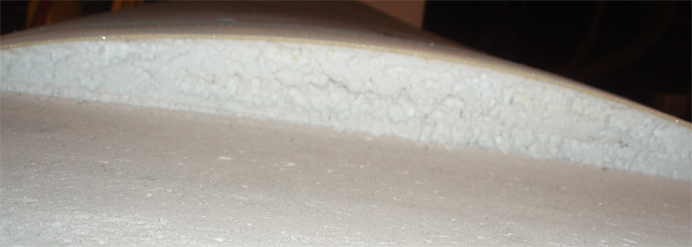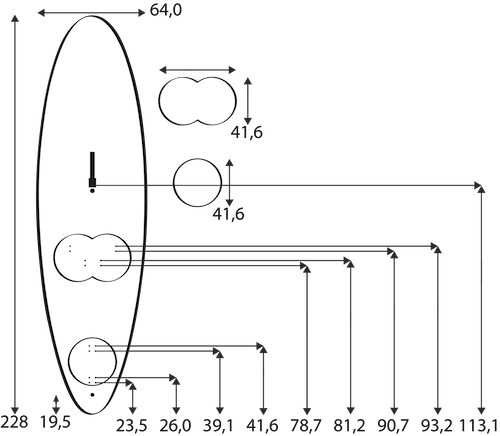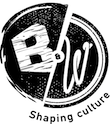The "strict" theory
The path from the moment of the decision until the launch is long. It requires time, money, strong will, considerable research and study of the few available information and a lot of thinking. The goal of the article is to implant a few more windsurfers with the "dream" of constructing a handmade board and outline the route that I personally followed. A route full of mistakes and failures, that in the end yielded priceless knowledge and understanding of the essence of a windsurf board. Let's walk through it.
1) Choosing a board
First we choose the type of board we want to construct and study the characteristics (size and construction materials) of existing models, or of those that interest us in particular. It is useful to try a few boards and make an effort to correlate the positive and negative (according to our taste) elements with specific constructive characteristics (materials, shape, extras), so as to pursue or avoid them in our construction.
At some point a Skate 99 fell into my hands. A very nice, fun board even for someone who doesn't do freestyle but likes to try out new maneuvers, instead of travelling long distances. Direct planning, pleasant acceleration, more than enough speed, nice handling, easy pop, well-balanced shape. I couldn't find anything negative for my taste and requirements. So, the Fanatic Skate of 2012 was chosen as shape donor! I wanted this particular custom board, to have a bit more volume, which would come from bigger height of the board but not length or width. The goal was a combination of characteristics of saling with bigger floatation.
After deciding on the board or boards, the characteristics of which we want to give to our own, we need to find the owner of such a board, eager to lend it to us for a few days, to study and make the patterns.
 I had the fortune of studying the Skate both on the outside and the inside (see photo above), so I acquired a good picture of the structure and materials it consists of. Things are not so simple though, as only a few materials run the board in all of its surface. On the contrary, most of them appear only is some areas of the board, in the form of reinforcements on critical sections, like the inserts, the nose and the area around the pads.
I had the fortune of studying the Skate both on the outside and the inside (see photo above), so I acquired a good picture of the structure and materials it consists of. Things are not so simple though, as only a few materials run the board in all of its surface. On the contrary, most of them appear only is some areas of the board, in the form of reinforcements on critical sections, like the inserts, the nose and the area around the pads.
The Skate, from the inside to the outside, consisted roughly of an EPS core, a light fiberglass, a light 2mm PVC, a light fiberglass and a layer of carbon-kevlar on the outside. In some areas, there were wooden reinforcements in the form of veneer and additional fiberglass. The weight of the board without the footstraps and the pads was 6.100gr. The final weight, ready to hit the water (always without the fin) was 6.850gr.
Page:
Previous > 0 > 1 > 2 > 3 > 4 > 5 > 6 > 7 > 8 > Next
www.boardsNwheels.gr > English version > How to > Buillding a custom windsurf board

